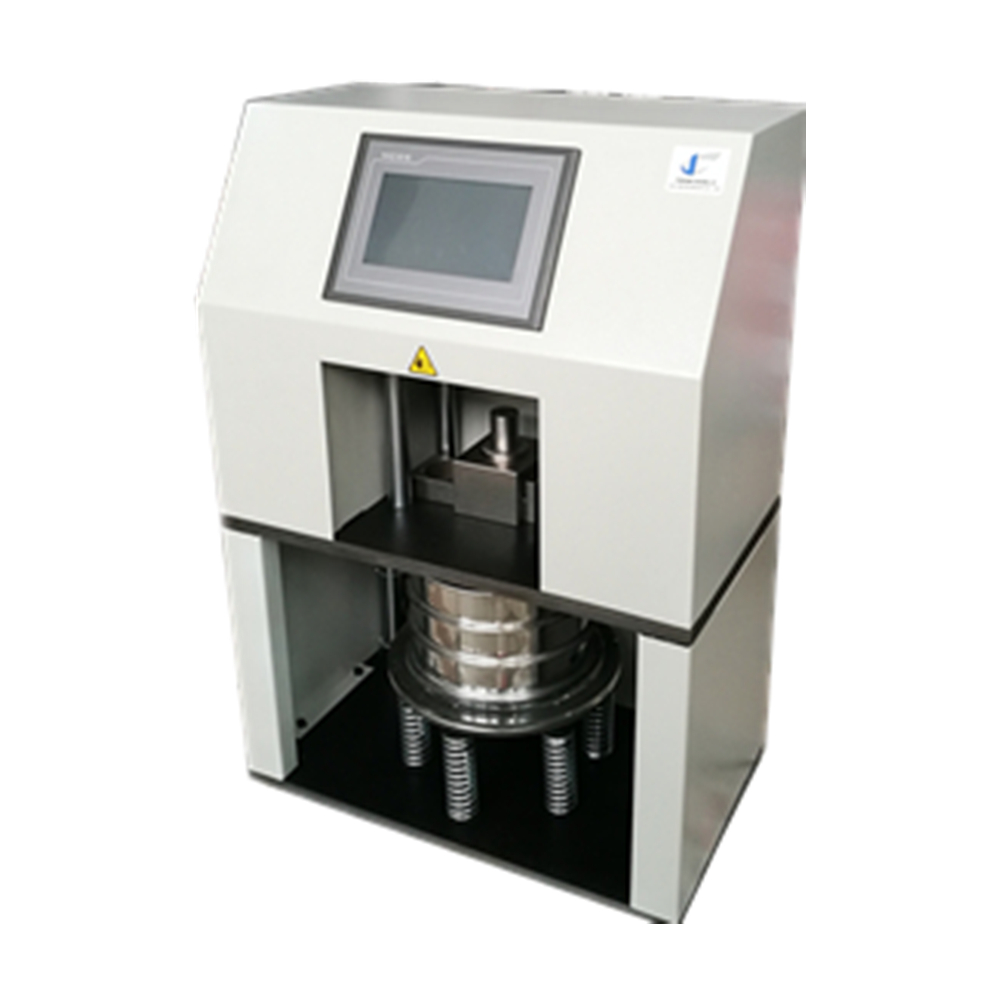Glass Hydrolytic Resistance Test
ISO 719
Hydrolytic Resistance Test & ISO 719 Sample Preparation for Glass
In the world of glass quality control, the hydrolytic resistance test defined by ISO 719 plays a critical role. This hydrolytic test for glass evaluates how much alkali leaches from glass grains when boiled in purified water at 98 °C. To achieve reliable and reproducible results, proper ISO 719 sample preparation and adherence to method details ensure your classification of glass durability stands up to scrutiny. Below, you’ll find everything you need to guide your next glass hydrolytic resistance test sample preparation and testing campaign.
Scope & Classification
ISO 719 specifies a method to determine the hydrolytic resistance of soda-lime and similar less-resistant glasses. By extracting a known mass of 300–500 µm glass grains in carbon-dioxide-free water for 60 minutes at 98 °C, the test measures the volume of acid needed to titrate released alkali. You can express results as sodium-oxide equivalents, then classify glass according to ISO 719 limits.
- Classification levels range from very low resistance (HGA 1) to moderate resistance (HGA 3), enabling informed material selection.
- Remember: ISO 719 classifications differ from ISO 720. Always cite which standard applies.
Test Principle & Procedure
- Weigh & Transfer
- Accurately weigh 2.00 g of dried, sieved glass grains into each of three volumetric flasks.
- Prepare two additional flasks: one as a blank reference, one as a temperature control.
Extraction
- Fill flasks to the mark with grade 2 water (conductivity ≤ 1 µS/cm, pH 5.5 ± 0.1).
- Heat in a boiling bath to reach 98 °C within 60 minutes, hold for 60 minutes.
- Cool rapidly under running water to avoid thermal shock, then bring volume back to the mark.
- Titration
- Pipette 25 mL of supernatant into a conical flask, add two drops of methyl red indicator.
- Titrate against 0.01 mol/L HCl until the methyl red endpoint (orange-red) appears.
- Calculate the volume of acid consumed to classify according to ISO 719 criteria.
Pro Tip: Conduct all titrations within 1 hour of cooling to minimize carbonate reabsorption.
Essential Equipment & Reagents
- Test water: Prepare carbon-dioxide-free grade 2 water by multiple distillations; confirm pH 5.5 ± 0.1 with methyl red.
- Flasks & Burettes: Use Class A volumetric flasks and burettes made of HGA 1 glass to avoid leaching from apparatus.
- Sieving & Grinding: Employ 300 µm and 500 µm sieves for grain sizing—use a ball mill or mortar and pestle.
- Heating Bath & Thermometer: Maintain precise 98 °C ± 0.2 °C control to ensure consistent hydrolytic attack.
Tips for Accurate ISO 719 Testing
- Drying: Dry grains at 140 °C for 20 minutes, then cool in a desiccator to prevent moisture uptake.
- Cross-Contamination: Pretreat flasks and burettes by acid-washing and heating to eliminate residual alkali signs.
- Repeatability: Run all samples in triplicate and include blank references to detect any systematic errors.
- Documentation: Record batch numbers, grain density (target 2.4 g/cm³ ± 0.2), and exact titration volumes for traceability.
Equipment Recommendation
For seamless and automated ISO 719 sample preparation and sample handling, we recommend the GHR-01A Glass Grain Hydrolytic Resistance Tester from Cell Instruments. This system:
- Automates crushing and vibration sieving to yield uniform 300–500 µm grains.
- Features an HMI interface for one-touch operation of grinding and sieving cycles.
- Improves safety through enclosed sample chambers and waste collection.
- Boosts precision by minimizing manual handling errors and ensuring repeatable sample sizing.
Implementing the ISO 719 standard correctly safeguards your glass packaging and material performance. By following this guide on hydrolytic resistance test procedures, iso 719 sample preparation, and precise titration methods, you’ll classify glass grades confidently. Leverage Cell Instruments’ advanced GHR-01A tester to streamline your workflow, reduce variability, and uphold the highest quality standards in glass hydrolytic resistance testing.
